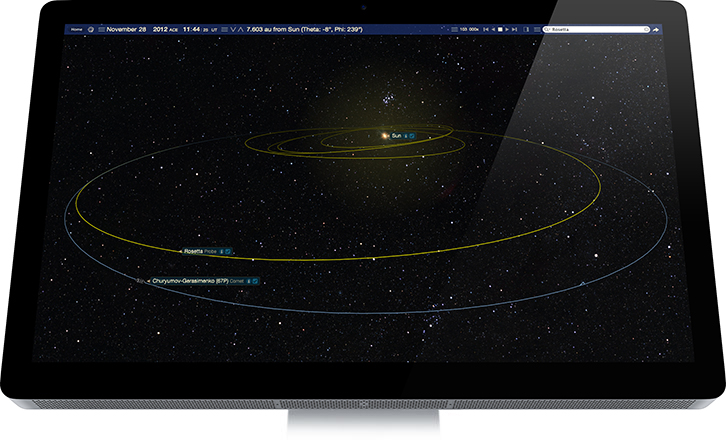

We are not talking about the cardinal directions – north, south, east, and west – as they appear on the horizon, though these are closely related.

The direction from a star to Polaris is north. Whatever direction the stars appear to move, that is west.Ģ. So here are two new rules to apply to help you get things right in the stellar environment.ġ. This is different from the apparently flat, common sense world we walk around on each day.

The source of all the confusion is that stars move in circles around the celestial poles – not straight lines – and the circles get smaller as you approach the poles. The key is to break the problem into two bite-sized chunks – first make sure you understand directions in the sky as you see them with the naked eye – then tackle what the telescope does to these. But directions in the sky can be different than directions on Earth and different telescopes flip things around differently and this all tends to overwhelm someone trying to get a handle on it for the first time – or second!ĭon’t let it. Knowing the PA also can give you assurance that the starry companion you think you have found is really the correct one. It tells us what direction to look for what frequently is a star’s faint and almost-too-close-for-splitting companion. They stand for “ position angle” and position angle is one of the most fundamental tools in the double star observer’s tool belt. “ PA” – you see those letters frequently on this web site and in various books and catalogs of double stars.


 0 kommentar(er)
0 kommentar(er)
